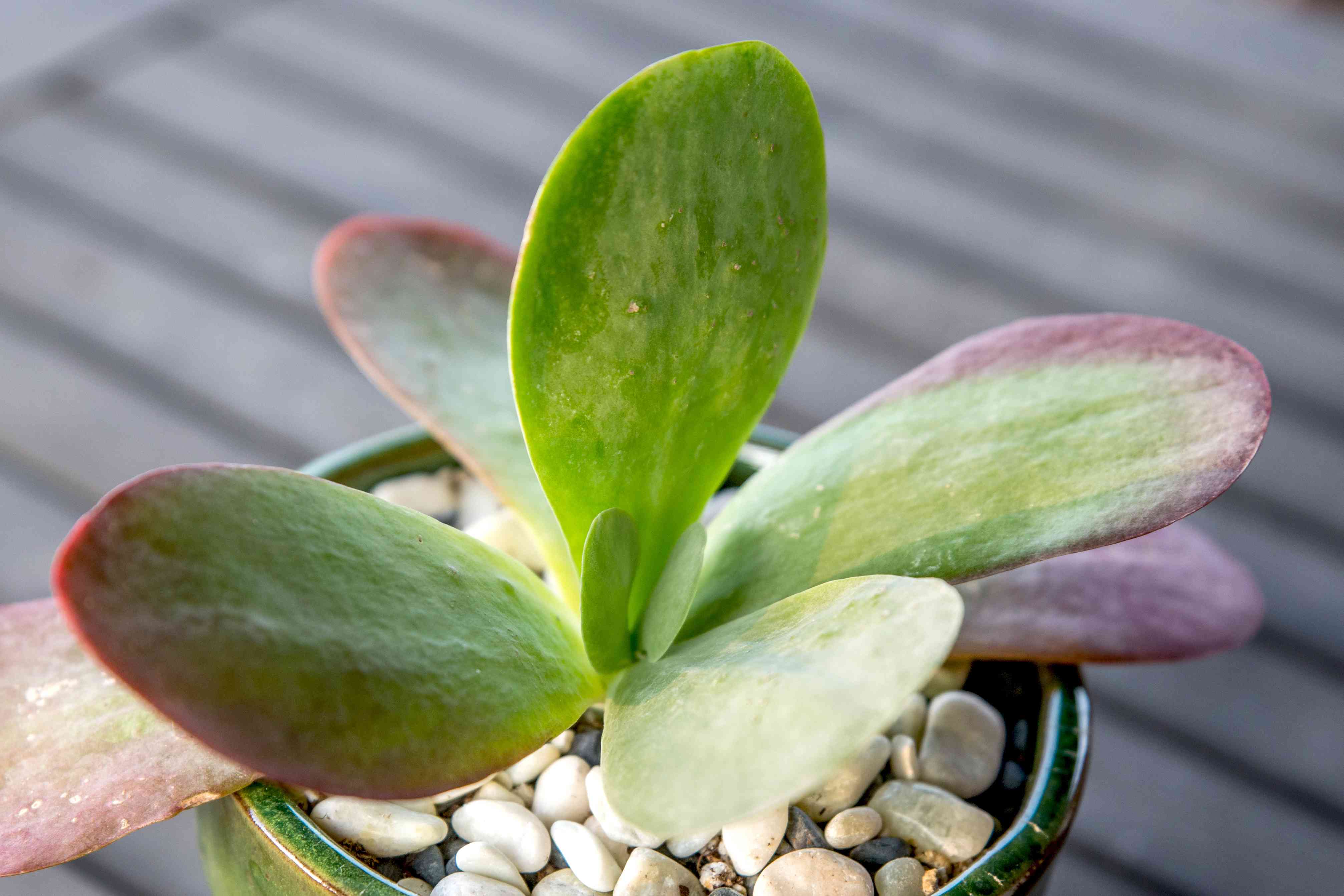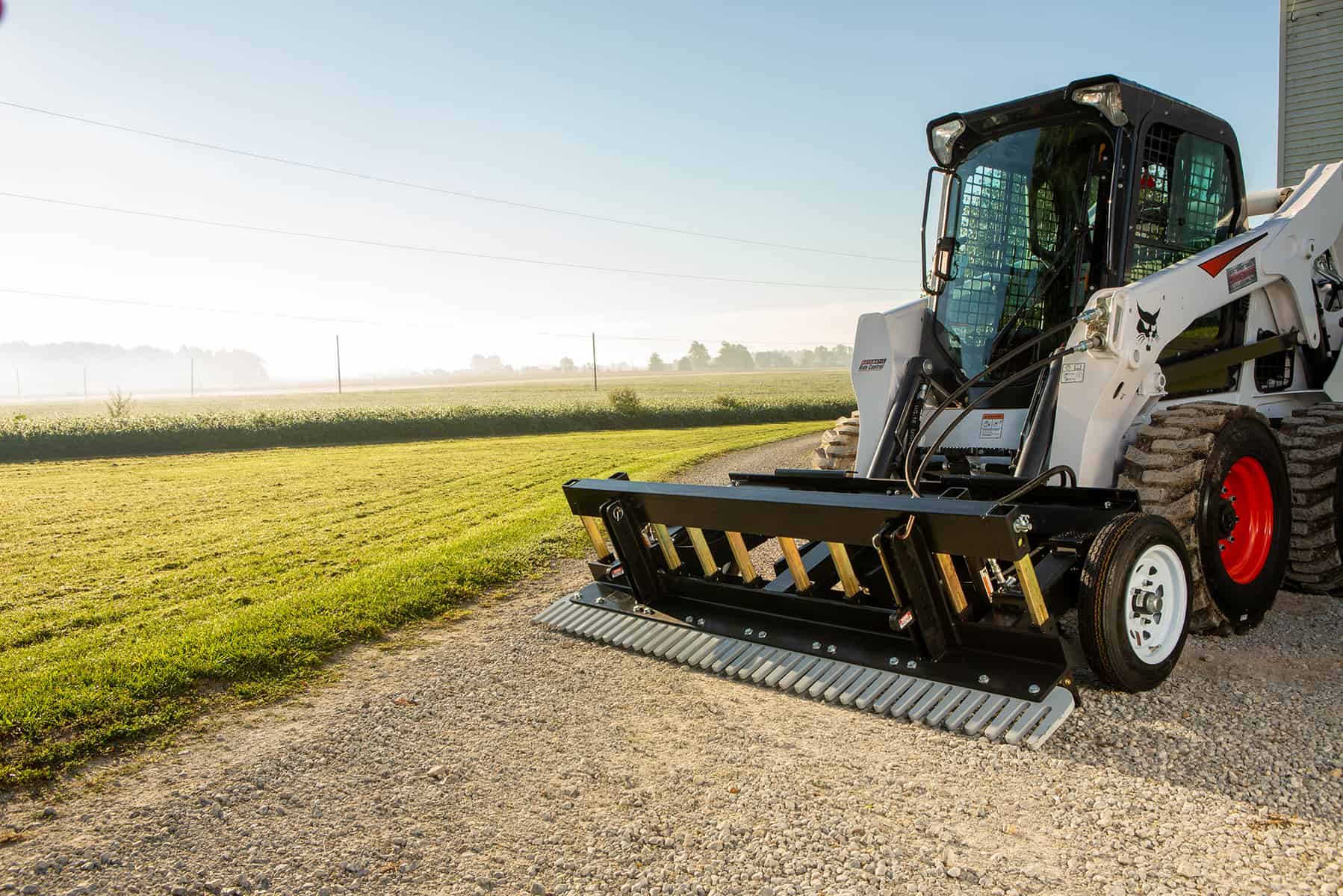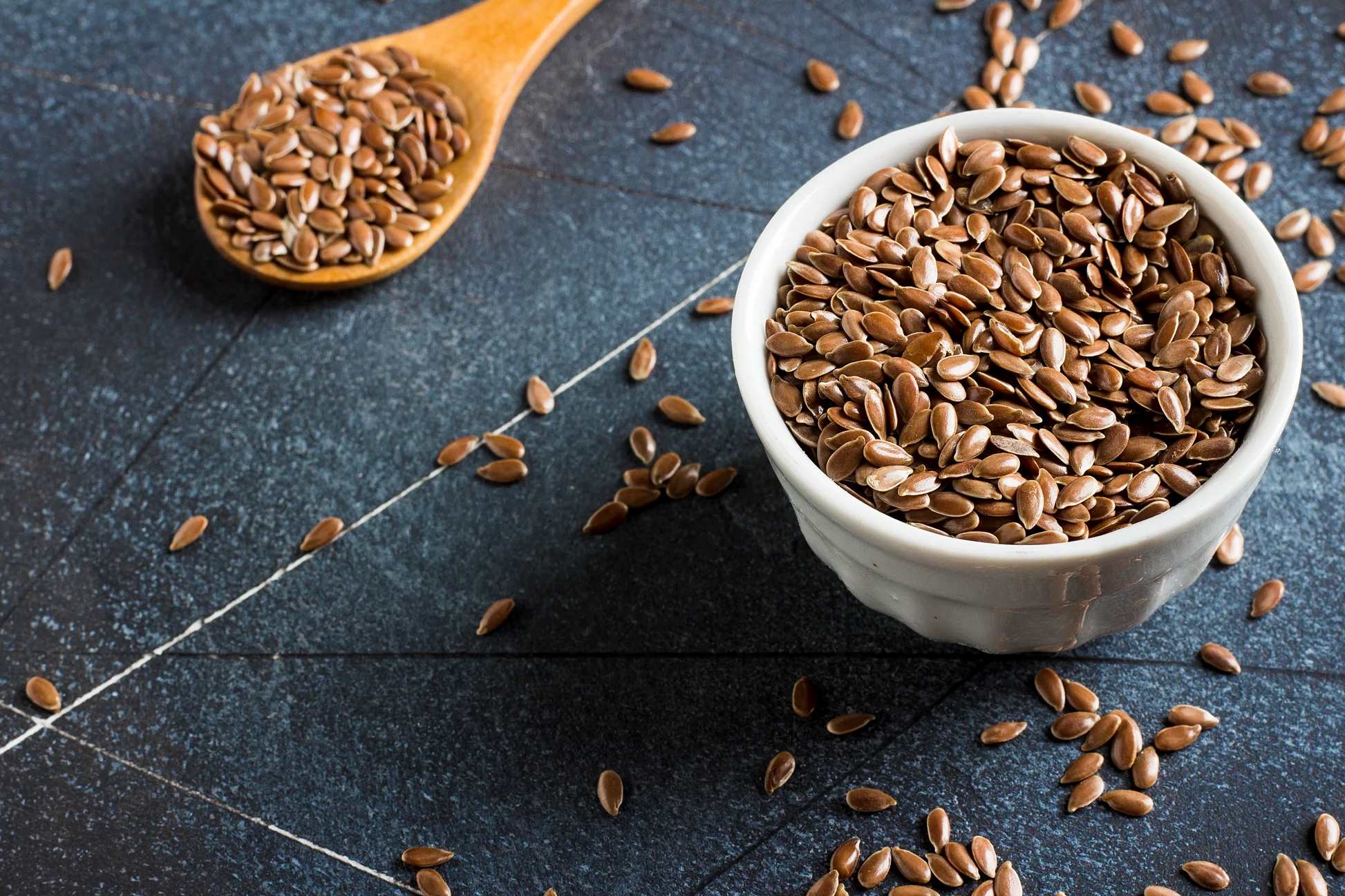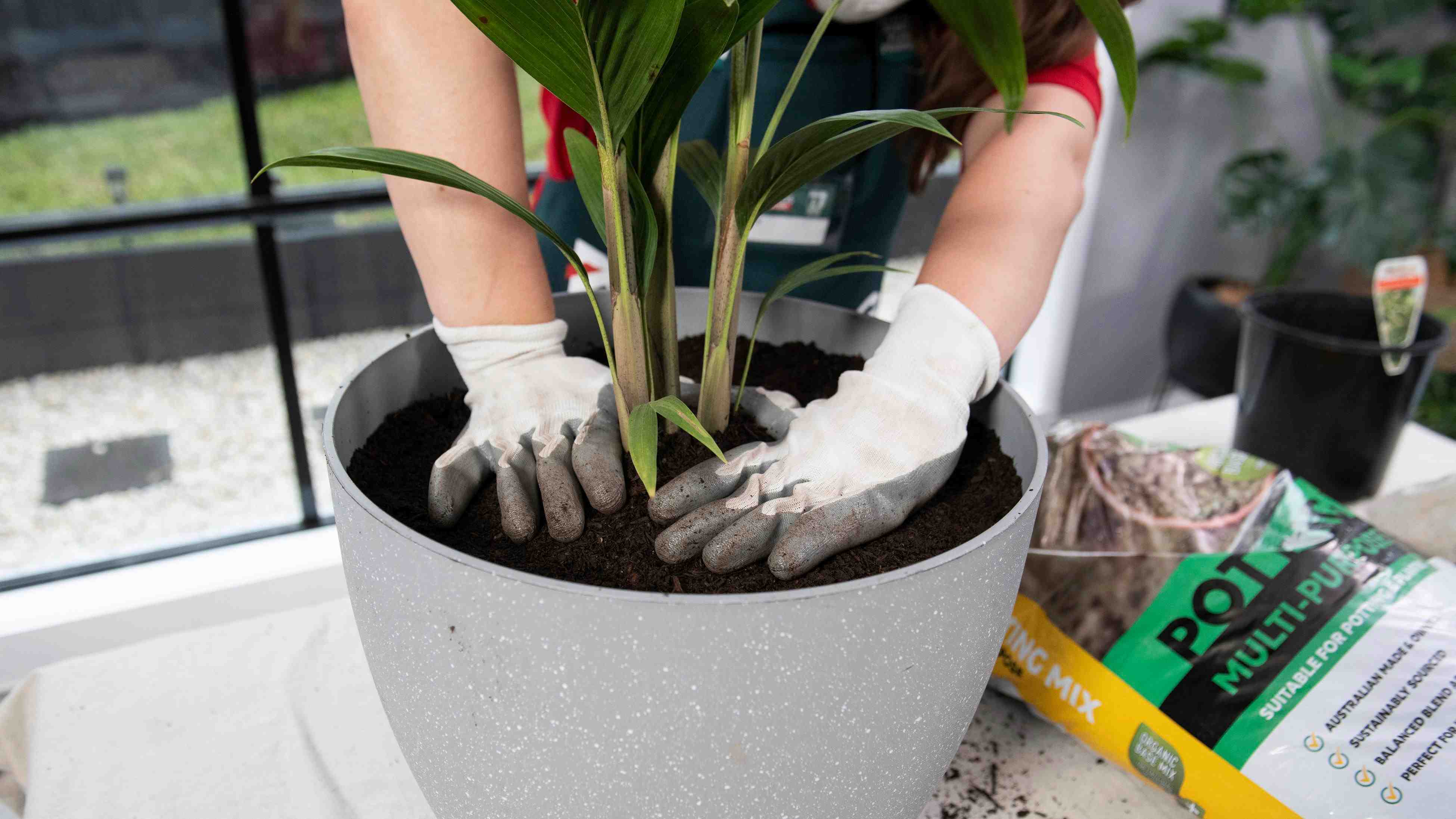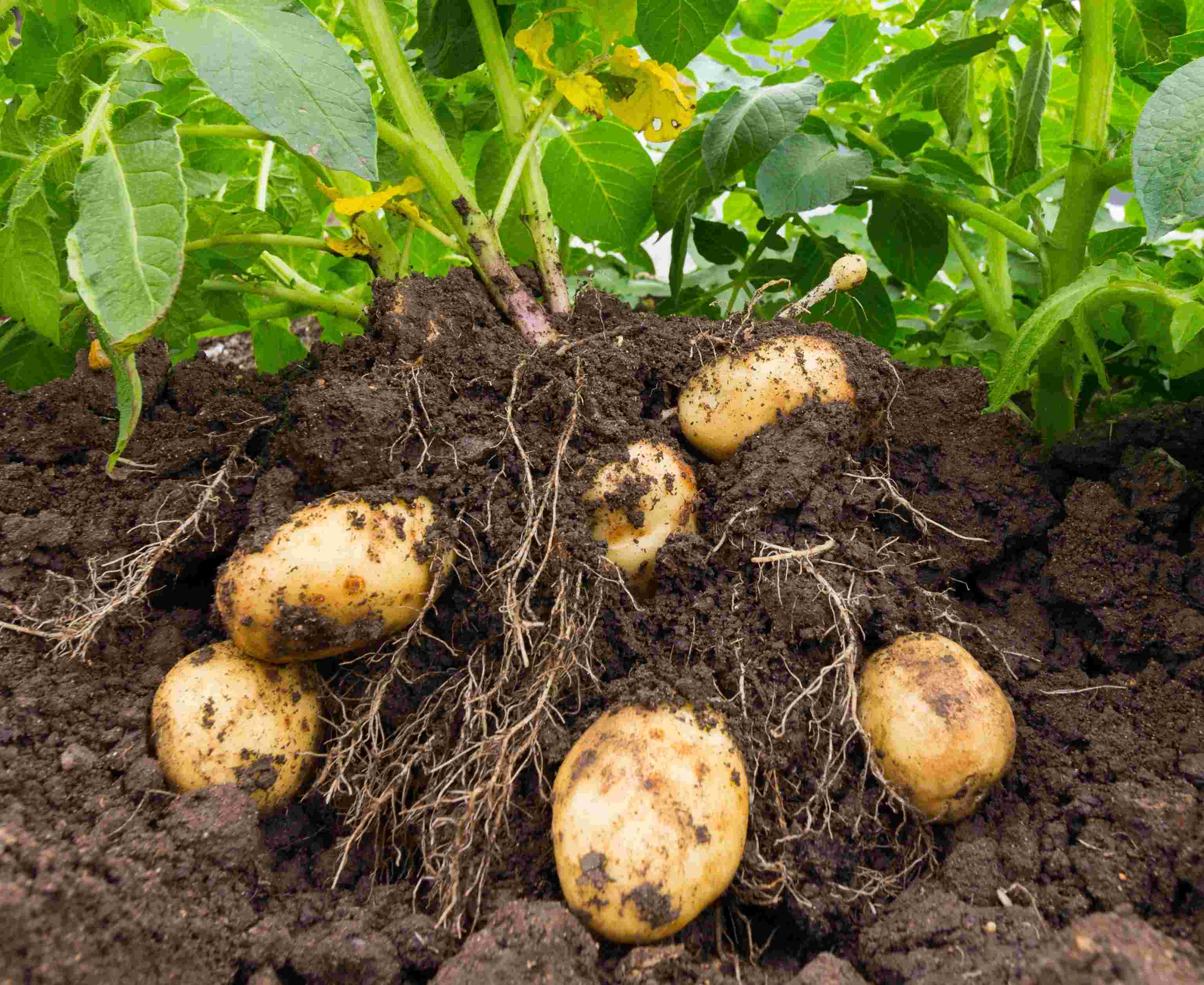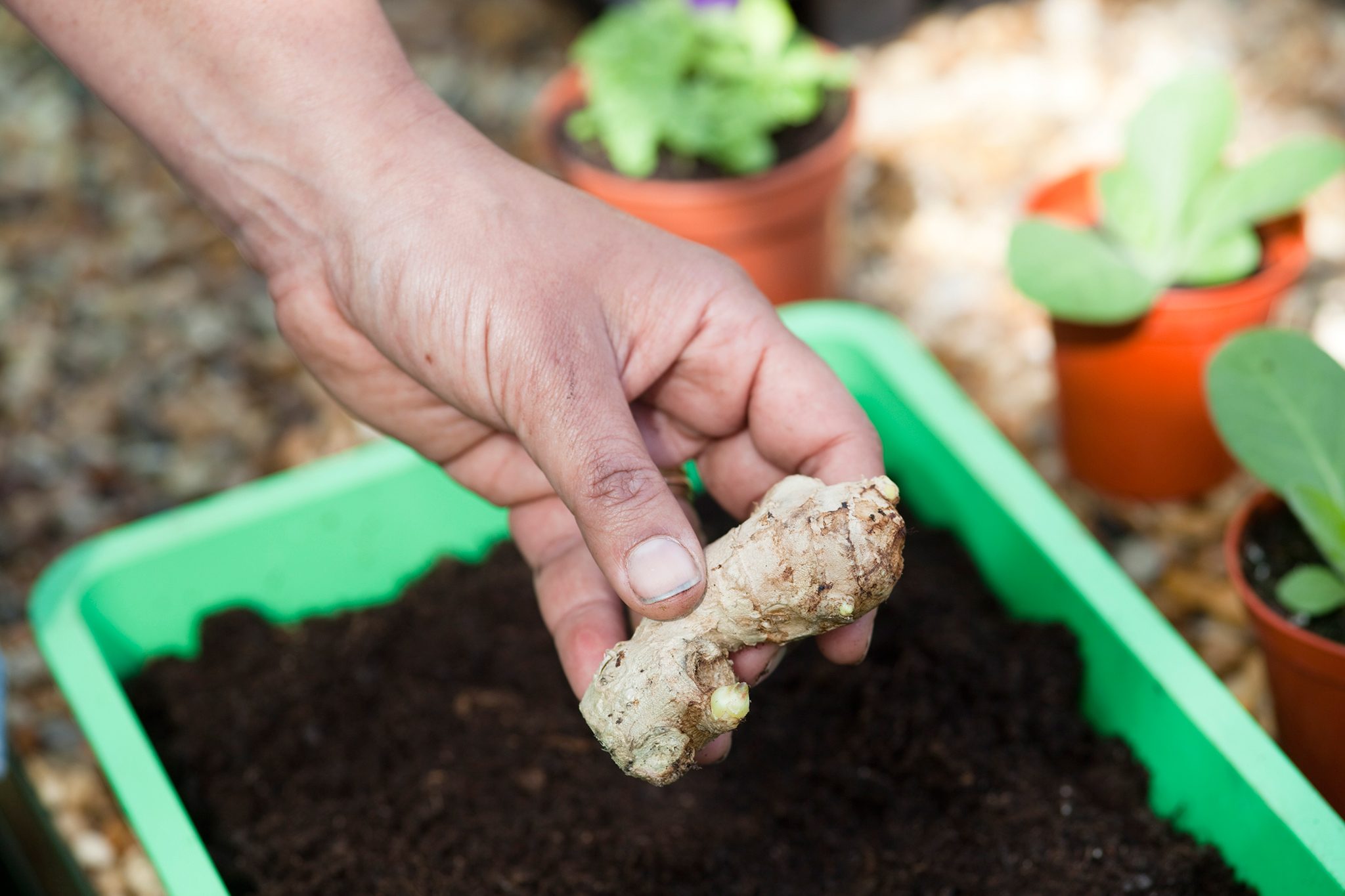Home>Gardening Tips and Tricks>Maximizing Yield>How To Prepare Sphagnum Moss For Propagation


Maximizing Yield
How To Prepare Sphagnum Moss For Propagation
Published: February 3, 2024
Learn how to maximize your yield by preparing sphagnum moss for propagation. Follow these steps to ensure successful plant growth and propagation.
(Many of the links in this article redirect to a specific reviewed product. Your purchase of these products through affiliate links helps to generate commission for Chicagolandgardening.com, at no extra cost. Learn more)
Table of Contents
Introduction
Understanding the Importance of Sphagnum Moss in Plant Propagation
When it comes to propagating plants, ensuring the right conditions for successful growth is crucial. Sphagnum moss, renowned for its remarkable water retention and antimicrobial properties, has become a staple in the realm of plant propagation. This versatile moss, commonly found in moist habitats, has garnered attention for its ability to create an optimal environment for fostering new plant life. Whether you are a seasoned horticulturist or a novice plant enthusiast, understanding the significance of sphagnum moss in plant propagation is essential for achieving successful results.
The process of preparing sphagnum moss for propagation involves several key steps, each contributing to the creation of a nurturing environment for new plant growth. From selecting the right type of sphagnum moss to implementing proper cleaning and sterilization techniques, every stage plays a pivotal role in ensuring the health and vitality of the propagated plants.
In this comprehensive guide, we will delve into the intricacies of preparing sphagnum moss for propagation. By exploring the nuances of this process, you will gain valuable insights into harnessing the potential of sphagnum moss to facilitate the growth and development of a wide array of plant species. Whether you are propagating succulents, tropical plants, or orchids, the knowledge and techniques shared in this guide will empower you to optimize the use of sphagnum moss in your propagation endeavors.
Throughout this guide, we will unravel the nuances of selecting, cleaning, soaking, and sterilizing sphagnum moss, elucidating the significance of each step in the preparation process. Additionally, we will explore the practical application of sphagnum moss in plant propagation, providing actionable insights to help you leverage its unique properties for fostering robust and thriving plant offspring.
Join us on this enlightening journey as we unravel the secrets of preparing sphagnum moss for propagation, equipping you with the knowledge and skills to elevate your plant propagation endeavors to new heights. Let's embark on this enriching exploration of sphagnum moss and its pivotal role in nurturing the growth of vibrant and flourishing plant life.
Understanding Sphagnum Moss
Sphagnum moss, often referred to as peat moss, is a unique species of moss renowned for its exceptional water retention capabilities and antimicrobial properties. It thrives in moist environments, typically found in bogs, marshes, and other wetland areas. This remarkable moss plays a pivotal role in creating an ideal medium for plant propagation, thanks to its ability to maintain moisture levels while simultaneously preventing the growth of harmful microorganisms.
One of the defining characteristics of sphagnum moss is its high absorption capacity, enabling it to hold water up to 20 times its dry weight. This exceptional water retention ability makes it an invaluable component in creating a conducive environment for propagating a wide variety of plant species. Additionally, sphagnum moss exhibits natural acidity, which further contributes to its antimicrobial properties, safeguarding the developing plants from potential harmful pathogens.
As a highly porous material, sphagnum moss facilitates air circulation within the propagation medium, promoting healthy root development and minimizing the risk of waterlogging. Its fibrous structure creates a well-structured and aerated environment, fostering optimal conditions for the establishment of strong and resilient root systems in newly propagated plants.
Furthermore, sphagnum moss has been recognized for its role in enhancing soil structure and fertility in gardening and horticultural practices. Its organic composition enriches the soil with essential nutrients and promotes moisture retention, contributing to the overall health and vitality of plants. This multifaceted functionality underscores the significance of sphagnum moss as a versatile and indispensable component in plant propagation and cultivation.
By comprehending the unique properties and benefits of sphagnum moss, plant propagators can harness its potential to create an environment conducive to successful propagation. The next sections of this guide will delve into the intricacies of preparing and utilizing sphagnum moss for propagation, providing actionable insights to maximize its effectiveness in nurturing the growth of vibrant and thriving plant offspring.
Selecting Sphagnum Moss
Choosing the right sphagnum moss is a critical first step in preparing for successful plant propagation. With various options available, it is essential to select high-quality sphagnum moss that aligns with the specific requirements of the plants being propagated. Here are key considerations to keep in mind when selecting sphagnum moss:
- Quality and Purity: Opt for sphagnum moss that is free from additives or synthetic materials. High-quality, pure sphagnum moss ensures that the propagation medium remains uncontaminated and provides a natural, nurturing environment for plant growth.
- Moisture Content: Assess the moisture content of the sphagnum moss. It should be slightly damp but not overly saturated. Avoid excessively dry or waterlogged moss, as it may impede the propagation process.
- Texture and Consistency: Look for sphagnum moss with a fine, fibrous texture. This type of moss promotes optimal aeration and water retention, facilitating healthy root development in propagated plants.
- Acidity Levels: Consider the acidity levels of the sphagnum moss, as certain plant species may have specific pH requirements. Sphagnum moss generally exhibits natural acidity, which can benefit acid-loving plants.
- Sustainability and Sourcing: Prioritize sustainably sourced sphagnum moss to support environmentally conscious practices. Sustainable harvesting methods help preserve the delicate ecosystems where sphagnum moss naturally thrives.
By carefully evaluating these factors, you can ensure that the selected sphagnum moss is well-suited for the propagation process, laying the foundation for successful plant growth and development.
Cleaning Sphagnum Moss
Before utilizing sphagnum moss for plant propagation, thorough cleaning is essential to remove any debris, impurities, or potential contaminants that may hinder the growth of propagated plants. The cleaning process ensures that the sphagnum moss provides a clean and conducive medium for nurturing new plant life. Here are the key steps involved in cleaning sphagnum moss:
- Initial Inspection: Examine the sphagnum moss for any foreign objects, such as twigs, leaves, or other debris. Remove these impurities by hand, ensuring that the moss is free from any visible contaminants.
- Rinsing: Place the sphagnum moss in a large container or basin and thoroughly rinse it with clean, lukewarm water. Gently agitate the moss to dislodge any residual debris and soil particles. Repeat the rinsing process until the water runs clear, indicating that the moss is free from surface impurities.
- Draining Excess Water: After rinsing, allow the sphagnum moss to drain excess water. Squeeze the moss gently to remove excess moisture, ensuring that it remains slightly damp but not saturated. Proper drainage prevents waterlogging and promotes optimal moisture levels for plant propagation.
- Inspect for Purity: Once the cleaning process is complete, inspect the sphagnum moss again to ensure that it is free from contaminants and impurities. This meticulous inspection guarantees that the moss is pristine and ready for use in the propagation medium.
By meticulously cleaning the sphagnum moss, propagators create a clean and hospitable environment for the development of new plants. This preparatory step sets the stage for successful propagation, laying the groundwork for robust and healthy plant offspring.
Soaking Sphagnum Moss
Soaking sphagnum moss is a crucial preparatory step that serves to rehydrate the moss and optimize its moisture retention capabilities before incorporating it into the propagation process. This process ensures that the sphagnum moss is thoroughly moistened, creating an ideal environment for supporting the growth of propagated plants. Here’s a detailed overview of the soaking process:
- Container Selection: Choose a suitable container or basin large enough to accommodate the amount of sphagnum moss being soaked. Ensure that the container is clean and free from any residues that may compromise the purity of the moss.
- Submerging the Moss: Place the dry sphagnum moss in the chosen container and gradually add clean, lukewarm water until the moss is fully submerged. Allow the moss to absorb water naturally, ensuring thorough saturation.
- Monitoring Absorption: Monitor the soaking process to gauge the absorption rate of the sphagnum moss. Depending on the initial dryness of the moss, it may take some time for complete saturation to occur. Periodically check the moss and add more water if necessary to ensure thorough hydration.
- Draining Excess Water: Once the sphagnum moss is fully saturated, carefully drain excess water from the container. Gently squeeze the moss to remove surplus moisture, ensuring that it retains a consistently damp but not waterlogged state.
- Rest Period: After draining, allow the soaked sphagnum moss to rest for a brief period, enabling it to reach an optimal moisture level for propagation. This resting period ensures that the moss is uniformly hydrated and ready for use in the propagation medium.
By meticulously soaking the sphagnum moss, propagators facilitate the restoration of its natural moisture-retaining properties, setting the stage for creating an optimal environment for plant propagation. The rehydrated moss serves as a vital component in nurturing the growth of propagated plants, providing essential moisture and a conducive medium for robust root development.
Sterilizing Sphagnum Moss
Sterilizing sphagnum moss is a critical step in preparing it for plant propagation, as it helps eliminate potential pathogens and microorganisms that could hinder the growth of propagated plants. By subjecting the moss to a sterilization process, propagators create a clean and hygienic medium that fosters the healthy development of new plant life. Here’s a comprehensive overview of the sterilization process:
- Heat Treatment: One effective method of sterilizing sphagnum moss is through heat treatment. This process involves heating the moss to a specific temperature to eradicate any harmful microorganisms. Propagators can utilize an oven or microwave to subject the moss to controlled heat, ensuring thorough sterilization.
- Baking the Moss: Place the sphagnum moss in a heat-safe container and carefully bake it in an oven at a predetermined temperature for a specified duration. This method effectively eliminates pathogens while preserving the moisture-retaining properties of the moss.
- Microwave Sterilization: Alternatively, propagators can opt for microwave sterilization by microwaving the damp sphagnum moss in a microwave-safe container. The controlled heat generated in the microwave serves to sterilize the moss, preparing it for use in the propagation process.
- Cooling and Resting: After the sterilization process, allow the sphagnum moss to cool and rest, ensuring that it reaches a suitable temperature for handling. This cooling period also allows the moss to stabilize before being incorporated into the propagation medium.
By sterilizing the sphagnum moss, propagators mitigate the risk of introducing harmful pathogens to the propagation environment, safeguarding the health and vitality of the propagated plants. This meticulous sterilization process sets the stage for creating an environment conducive to successful plant propagation, laying the groundwork for robust and thriving plant offspring.
Using Sphagnum Moss for Propagation
Once the sphagnum moss has been carefully selected, cleaned, soaked, and sterilized, it is ready to play a pivotal role in the propagation of a diverse array of plant species. Leveraging the unique properties of sphagnum moss, propagators can create an optimal environment for nurturing the growth of healthy and resilient plant offspring. Here’s a comprehensive guide to utilizing sphagnum moss for plant propagation:
- Propagation Medium Preparation: Incorporate the prepared sphagnum moss into the propagation medium, blending it with other suitable components such as perlite, vermiculite, or potting mix to create a well-balanced and nutrient-rich substrate. The addition of sphagnum moss enhances moisture retention and promotes favorable conditions for root development.
- Planting and Placement: Plant the cuttings, seeds, or seedlings in the prepared propagation medium, ensuring proper placement and spacing to facilitate unhindered growth. The moisture-retaining properties of sphagnum moss create an ideal microclimate around the developing plants, promoting hydration and supporting root establishment.
- Moisture Management: Monitor the moisture levels within the propagation medium, ensuring that the sphagnum moss maintains a consistently damp but not waterlogged state. Regularly assess the moisture content and adjust watering practices as needed to sustain optimal growing conditions for the propagated plants.
- Root Development Support: The fibrous structure of sphagnum moss provides an aerated and supportive environment for root development, fostering the growth of strong and resilient root systems in the propagated plants. This conducive medium encourages robust root proliferation and enhances the overall vitality of the developing plants.
- Maintenance and Care: Throughout the propagation process, provide attentive care and maintenance to the propagated plants, ensuring that they receive adequate light, warmth, and nourishment. The presence of sphagnum moss in the propagation medium contributes to the overall health and vigor of the plants, supporting their growth and development.
By integrating sphagnum moss into the propagation process, plant propagators can harness its moisture-retaining, aerating, and nurturing properties to create an environment conducive to successful plant propagation. The utilization of sphagnum moss as a vital component in the propagation medium sets the stage for fostering the growth of vibrant and flourishing plant offspring, underscoring its indispensable role in the realm of plant propagation and cultivation.
Conclusion
Embarking on the journey of preparing sphagnum moss for plant propagation unveils a series of meticulous yet rewarding steps that culminate in the creation of an optimal environment for nurturing the growth of vibrant and resilient plant offspring. From the initial selection of high-quality sphagnum moss to the comprehensive cleaning, soaking, sterilizing, and utilization processes, each step plays a pivotal role in laying the groundwork for successful plant propagation.
By understanding the unique properties of sphagnum moss and harnessing its exceptional moisture-retaining, aerating, and nurturing capabilities, plant propagators can elevate their propagation endeavors to new heights. The versatile nature of sphagnum moss makes it an invaluable component in creating a conducive medium for fostering the healthy development of a diverse array of plant species.
As propagators meticulously prepare and utilize sphagnum moss, they embark on a journey of nurturing new life, fostering robust root development, and witnessing the emergence of thriving plant offspring. The careful integration of sphagnum moss into the propagation process underscores its indispensable role in facilitating the growth and vitality of propagated plants, showcasing its significance in the realm of horticulture and plant cultivation.
Armed with the insights and techniques gleaned from this comprehensive guide, plant propagators are empowered to harness the potential of sphagnum moss, creating an environment where new plant life flourishes. The journey of preparing sphagnum moss for propagation embodies a harmonious blend of meticulous preparation, attentive care, and the wondrous transformation of cuttings, seeds, or seedlings into robust and flourishing plants.
As you embark on your propagation endeavors, may the knowledge and practices shared in this guide serve as a guiding light, leading you to unlock the full potential of sphagnum moss in nurturing the growth of vibrant and thriving plant offspring. Embrace the art of plant propagation with sphagnum moss as your trusted ally, and witness the beauty of new life blossoming under your attentive care and expertise.
